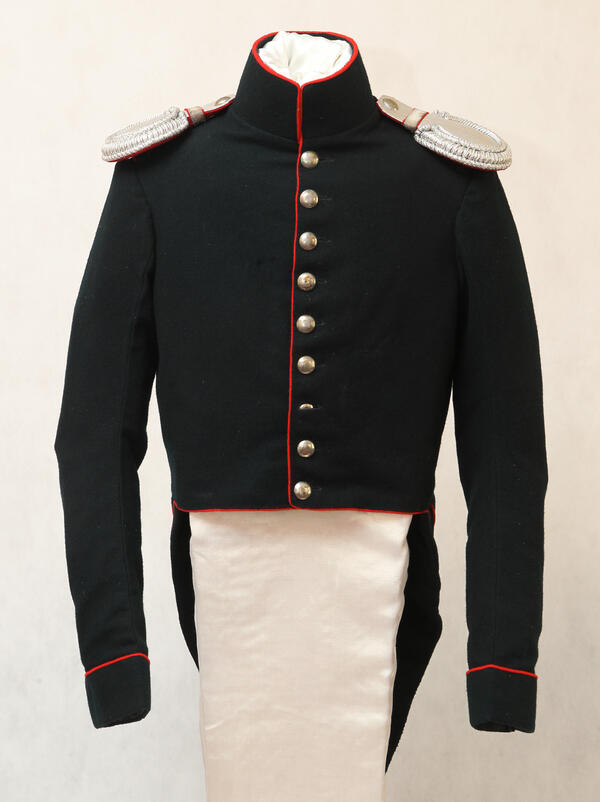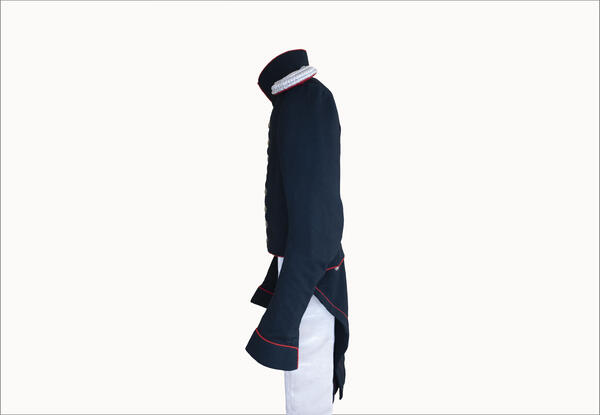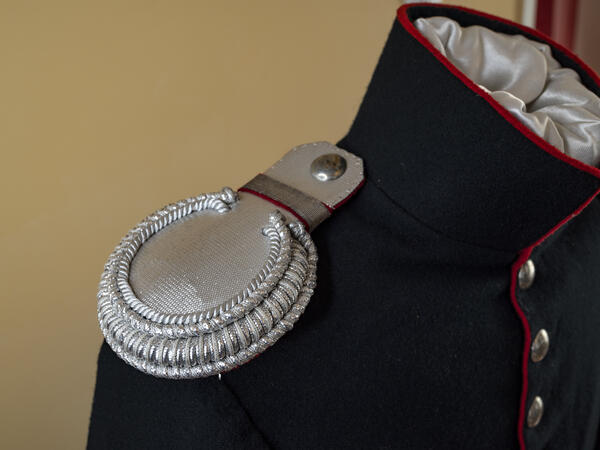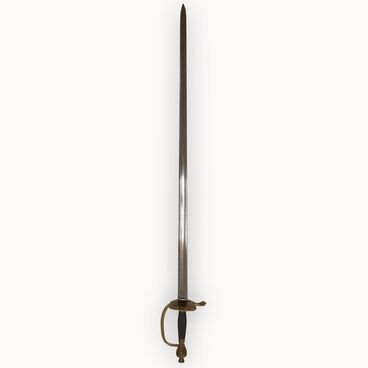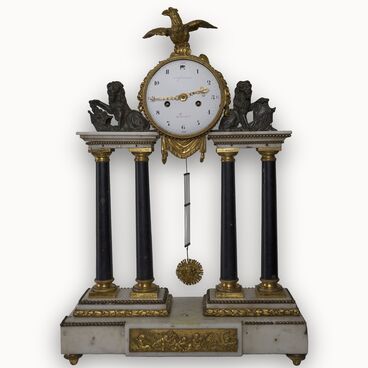In Russia, the Chevalier Guards corps was established on March 30, 1724, as a division of the honorary guard that was formed for the day of the coronation of Empress Catherine I. The new division consisted of 60 privates, a timpanist, and two trumpeters, selected from the tallest and most beautiful officers and was headed by Peter I himself. Following the coronation, the privileged company was disbanded.
Then, throughout the 18th century, the Chevalier Guards were organized a few more times. However, in 1800, the Chevalier Guard corps, established by Paul I, was turned into the Chevalier Guard Regiment and became equal in status to other guard regiments. The staff of the regiment was approved on May 15, 1800, and included 24 officers (a chief, 3 colonels, 3 cavalry captains, 3 staff rittmeisters, 6 lieutenants, and 8 cornets), as well as 42 non-commissioned officers, 7 trumpeters, 384 horse guardsmen, and 116 non-combatant officers.
Under Alexander I, the regiment had five cavalry troops. In 1804, its staff included 991 officers, including one chief and one regimental commander. The guard regiment had its own orchestra of 25 musicians.
The main requirement for future cavalry guards was being at least two arshins and ten vershoks tall, which is about 186 cm. Such riders required strong horses. The selection of horses was based on their color. The riders of the 1st and 5th troops were given bay horses, those of the 2nd and 4th troops had black horses, and those of the 3rd — gray ones.
The Chevalier Guard Regiment first took part in hostilities during the Battle of Austerlitz in 1805.
For a service uniform, cavalry guards had a white doublet (a short snug-fitting jacket) with scarlet collars, cuffs, and coattails. Buttonholes, epaulets, and shoulder straps were silver. The buttons were silver-plated. In the campaign, the jerkin was replaced with a double-breasted dark green frock coat with a white lining. The collar, cuffs, and welts of the frock coat were black.
When off-duty, the officers had two uniforms. A dark green single-breasted uniform with a same-colored wool lining had eight buttons. The collar and cuffs were made of black velvet. On special solemn occasions, officers wore a red double-breasted uniform with a white lining. The collar, cuffs, and welts of the white coattails were made of black velvet. Silver buttonholes were embroidered on the collar. They were also embroidered facing downwards on the cuffs and tails.
Then, throughout the 18th century, the Chevalier Guards were organized a few more times. However, in 1800, the Chevalier Guard corps, established by Paul I, was turned into the Chevalier Guard Regiment and became equal in status to other guard regiments. The staff of the regiment was approved on May 15, 1800, and included 24 officers (a chief, 3 colonels, 3 cavalry captains, 3 staff rittmeisters, 6 lieutenants, and 8 cornets), as well as 42 non-commissioned officers, 7 trumpeters, 384 horse guardsmen, and 116 non-combatant officers.
Under Alexander I, the regiment had five cavalry troops. In 1804, its staff included 991 officers, including one chief and one regimental commander. The guard regiment had its own orchestra of 25 musicians.
The main requirement for future cavalry guards was being at least two arshins and ten vershoks tall, which is about 186 cm. Such riders required strong horses. The selection of horses was based on their color. The riders of the 1st and 5th troops were given bay horses, those of the 2nd and 4th troops had black horses, and those of the 3rd — gray ones.
The Chevalier Guard Regiment first took part in hostilities during the Battle of Austerlitz in 1805.
For a service uniform, cavalry guards had a white doublet (a short snug-fitting jacket) with scarlet collars, cuffs, and coattails. Buttonholes, epaulets, and shoulder straps were silver. The buttons were silver-plated. In the campaign, the jerkin was replaced with a double-breasted dark green frock coat with a white lining. The collar, cuffs, and welts of the frock coat were black.
When off-duty, the officers had two uniforms. A dark green single-breasted uniform with a same-colored wool lining had eight buttons. The collar and cuffs were made of black velvet. On special solemn occasions, officers wore a red double-breasted uniform with a white lining. The collar, cuffs, and welts of the white coattails were made of black velvet. Silver buttonholes were embroidered on the collar. They were also embroidered facing downwards on the cuffs and tails.

